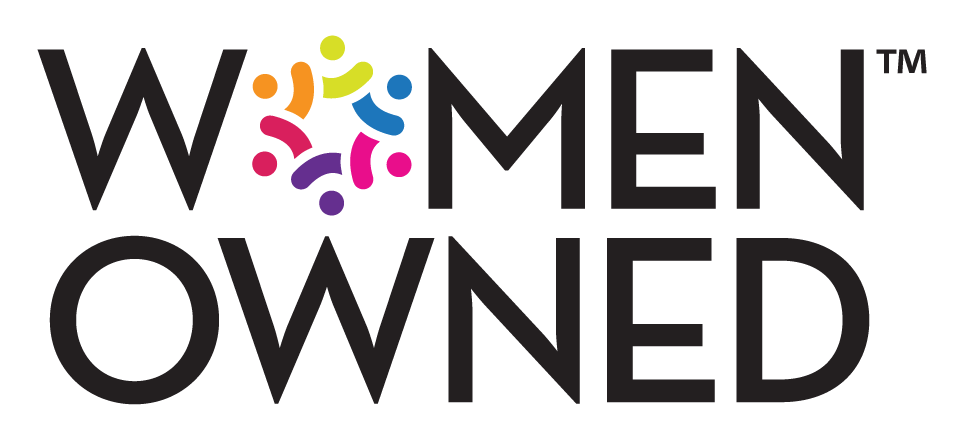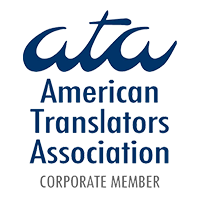AI Translation for School Districts: When AI Helps and When It Hurts

Education professionals have been trying to solve the language access puzzle for decades.
But it often feels like there’s never enough time, never enough budget, and never enough staff to meet the growing demand. And that can put ELL students and the people who care for them at a disadvantage, even though everyone involved is doing their best.
Enter AI. Tools like ChatGPT and CoPilot are the answer du jour for almost any problem where organizations need to do more, faster, with fewer resources. Could AI translation finally be the missing piece you’ve been looking for?
Good news: AI can definitely help! But school districts face real challenges—around privacy, compliance, and policy—that make it hard to know when and how to use these tools safely.
Here, we’ll walk through the most common problems we’ve seen and share practical, real-world steps you can take to build an effective, compliant AI translation plan for your district.
Protecting student and family data when using AI translation
Before you start using AI translation tools, your first big question should be: “How do we keep the translations flowing while keeping student data safe?”
School districts handle sensitive data every day. And under the Family Educational Rights and Privacy Act (FERPA), they have a responsibility to protect personally identifiable information (PII). This includes IEPs, student evaluations, and other official documents.
While FERPA will be your main concern, there’s also the Health Insurance Portability and Accountability Act (HIPAA) to consider. HIPAA governs health‑care data, so it applies if your school runs a health clinic or offers services like vaccinations, counseling, or therapy provided by licensed medical staff.
Both FERPA and HIPAA require you to keep personal information secure, limit who can access it, and avoid sharing it without consent. That includes what tools you use, where data is stored, and how it’s shared, even when it’s being processed by an outside vendor or AI platform.
Many public AI tools are not built with that level of control in mind. They often store data, reuse it for training, or send it outside your approved workflows. In 2025, some ChatGPT users were surprised to find their conversations appearing in Google Search!
When security is a concern, look for machine translation (MT) models that are designed to handle this type of content and offer secure, encrypted options.
Balancing speed with quality
Sometimes, students and families need information quickly. Whether it’s a school closure or a last-minute schedule change, ELL families deserve to get that information at the same time as everyone else, in their native language.
AI and MT can translate documents almost instantly. But these tools are not perfect, and neither are the translations you get from them. The accuracy of AI and MT translations has improved substantially over the last few years, but we still see the following problems:
- Awkward phrasing or tone issues that can make your messages sound robotic or worse, impolite
- Confusing word choices and outright errors that impair understanding
- A lack of cultural understanding that alienates the families you’re trying to reach
That’s why it’s so important to know when a human needs to step in.
“Post-editing” can help: this is a process in which a human editor reviews and revises machine-generated translations. It’s a smart middle ground that’s faster and less expensive, while still providing accurate and culturally relevant translations. It’s what we recommend for translations that need to leave no chance for misunderstanding.
How to design a content policy for responsible AI translation in education
If you’re serious about using AI and machine translation (MT) in your district, a clear content policy will be your best friend. It helps you decide when these tools are okay, when they need human help, and how to protect your data and your families.
Here’s how to build one:
1. Classify content by sensitivity
Start by organizing your materials into high, medium, and low-sensitivity categories.
For example:
- Low: Simple, low-risk public communications, including handbooks, event reminders, lunch menus, general newsletters
- Medium: Complex content where the details matter, like curriculum materials, surveys, school forms
- High: IEPs, 504s, student health and discipline records, documents related to threat response like witness statements or police reports, and anything else covered by FERPA or HIPAA
2. Match content to the right process
Use MT or AI when speed matters and the risk is low. Add post-editing when the message is more complex. For anything sensitive, stick with a secure, human-driven process.
This guide will help you get started quickly:

When in doubt, treat the message with more care. Post-editing adds an extra layer of accuracy without slowing your team down too much. And if the message includes anything sensitive, public tools that store data or use it to train their models should be off-limits.
Turn this into clear, written content-handling guidelines so it’s easy for staff to know when it’s safe to use AI tools, and when they need to follow a more careful process with the right safeguards in place.
3. Use the right tools to get the most from AI
You’ll get better results and fewer headaches when you use the right set of AI translation tools for your needs.
There are two main types of AI you can use for translation:
- Generative AI, like ChatGPT, Google Translate, or Microsoft Copilot
- Neural machine translation (NMT), which is designed specifically for language translation.
Generative AI tends to produce more natural, human-sounding results. But it’s often more expensive to run. NMT is faster and cheaper, but can be less flexible with tone and phrasing.
Your district likely already has access to a generative AI tool through Microsoft or Google. These can be a useful (and budget-friendly) option for low-risk content where there are no data privacy concerns. But for higher quality and consistency, you’ll want tools that can reuse your previously approved translations (sometimes called translation memories), tap into glossaries of your preferred terms, apply your style guides, AND protect student data.
A translation management system (TMS) is a platform that can help organize all this, creating secure, structured workflows for your team and anyone else involved in the process.
If this sounds like a lot, know that we can help you get the most from the translation tools you already have, recommend new solutions and help train your in-house team on how best to use them.
4. Define quality and review standards
Translation quality doesn’t just happen. It takes planning and process.
The first step is to define what quality looks like for your district. That includes tone guidelines, preferred terms, and expectations around clarity and readability. Then create workflows that support those goals.
For AI- or machine-translated content, plan for human review when needed. That could mean a quick scan for obvious errors, or more in-depth post-editing for more complex materials.
5. Review and update regularly
Language access needs don’t stay the same year to year. Neither does technology. That’s why it’s important to review your policy regularly.
Bring together a small team—IT, compliance, special education, and language access leads—and look at what’s working and what needs to be adjusted.
Here’s a simple checklist to guide your review:
- Has your team’s translation volume increased or changed?
- Are staff following the current process?
- Are your tools still secure and reliable? Are there new tools that might do a better job?
- Do you need to update glossaries or terminology?
- Are families getting what they need, accurately and on time?
6. Bring in a trusted partner
You don’t need to build all of this from scratch.
The Translation Team helps districts like yours assess your content types, select secure tools, train staff, assign post-editors, and develop easy-to-follow workflows. We’ll help you define what should go to AI, when human review is needed, and what requires a fully human process.
And if you need more than support, we can also take on the translation work itself. Whether it’s handling all your requests or stepping in when your in-house team is stretched thin, we’re here to help you keep things moving without sacrificing quality.
We act like the translation arm of your in-house team—working with you to build something sustainable, practical, and built for real families.
Let’s make AI translation work for your district
AI and machine translation can be powerful tools for getting translated content into the hands of some of your most vulnerable students, but only with the right strategy behind them. With clear policies and the right support, your district can meet growing demand without sacrificing trust or quality. And your ELL students and their families will benefit from the right message, at the right time, in the right language.
If you’re a Special Education or Translation Coordinator, we’d love to help. Whether you’re just getting started or ready to build on what you have, The Translation Team can help you build a program that works for your staff and your families.









